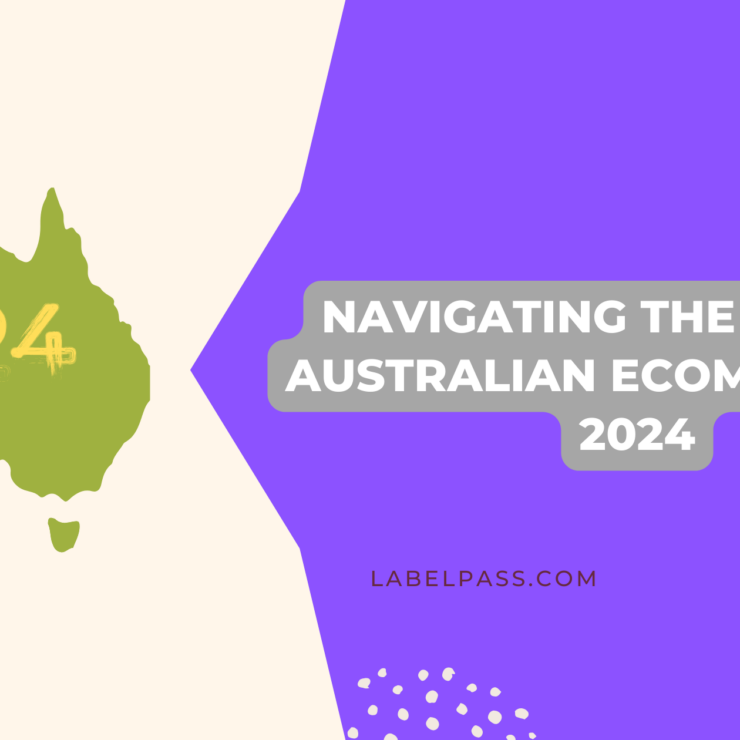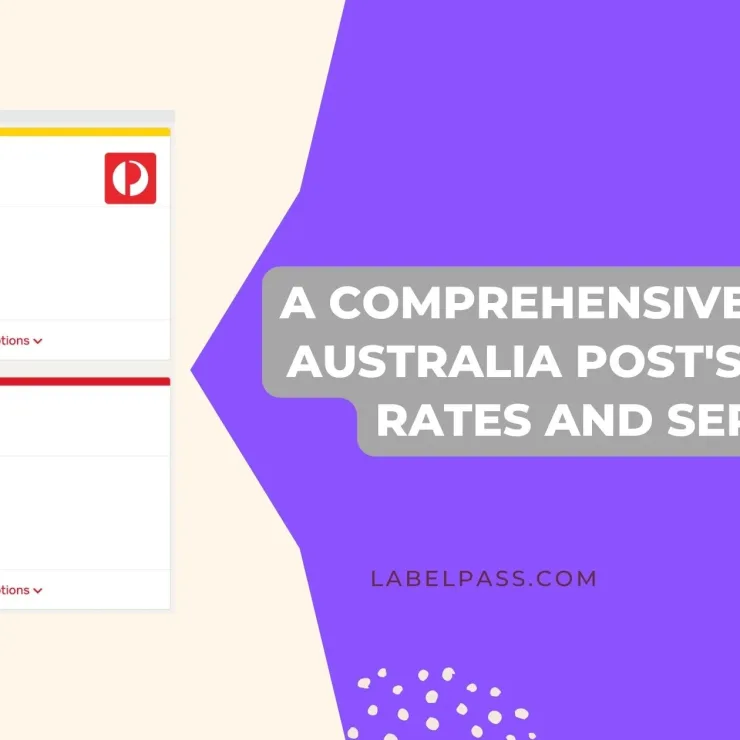Today’s global economy is undergoing major changes, and the tactics currently used in brand marketing have moved to a completely different level. Most companies suffer from the great competition and are constantly seeking to come up with creative and innovative ideas to maintain their position among their competitors. Not only that, the days of marketing through traditional media such as publications or television advertisements have passed and been replaced by social media to control the marketing process in a constantly changing economy. In these volatile circumstances, it has become imperative for global companies to prepare to adapt to this new landscape and take specific measures to market their brands globally so that these measures are flexible and effective.
Big challenges
It is noted that any brand that achieves success at the local level will seek to explore opportunities to market itself internationally, as most multinational companies are looking for new ways to grow their market share by turning to emerging markets as they are the most attractive for these brands. Here, international companies are jostling to reach a demographic class characterized by a large middle-class population that enjoys financial stability and strong economic potential. However, the vast majority of them neglect the necessity of being well prepared to face the real challenges that stand in the way of the growth and spread of these businesses. What do you think are the most important obstacles facing different brands on their way to globalization?
1. Budget
It’s easy for a global marketing campaign to get bogged down by a lack of budget. Advertising campaigns are not only time consuming in terms of planning but also very expensive during the execution phase. So, in order to implement a global marketing campaign, companies must be ambitious and willing to risk a portion of their money. Here, it must be noted that the remarkable innovation in content management strategies on social media platforms contributed significantly to reducing the costs of marketing campaigns without affecting the process of tracking returns on investment.
2. Unification and personalization
Global markets can be a huge barrier for brands because of the factor of personalization and standardization, in other words, what may work for one country or place may not be suitable for another. Therefore, entering a particular market without possessing sufficient knowledge may have disastrous results for various marketing campaigns. Perhaps this is the reason why so many brands and their marketing campaigns fail even before their launch in addition to the lack of cultural background about a specific market and the lack of professional translation skills. Most brands feel the need to customize their marketing campaigns targeting foreign markets, but this step may cost them additional amounts and taxes, so it is necessary to conduct an in-depth study of the market to know what needs to be changed or modified before launching any campaign in a foreign market.
3. Volatile Digital Background
The trends in the digital world and the online marketing industry are constantly changing, and different brands must take the lead in this field and stay informed in order to ensure their success, and here it must be noted that the websites of companies and their pages on social media are nowadays Act as direct communication bridges between the company and potential consumers. But not having a direct and clear strategy, will cause companies great losses and unique and irreplaceable growth and expansion opportunities.
4. Consumer reactions
The essence of marketing messages and marketing campaigns for any brand lies in its ability to reach consumers and connect with them emotionally, interactive content that spreads quickly, or what is known as viral content, can reach millions of customers within a few minutes and at a cost that is a fraction of the cost of e-marketing traditional. However, the steps to access such viral content depend heavily on the aforementioned standardization and personalization factor.
Companies here have to ask themselves whether they have enough knowledge of the content they publish to ensure that it will not offend or offend audiences from other countries. The challenge here is figuring out what kind of content to post so that the audience will appreciate and interact with it. Taking into account both the budget factor and the consolidation factor. Depending on these factors, fast-paced interactive content or viral content may take the brand to the top or descend into disarray.
5. Track ROI for Marketing Campaigns
Companies are constantly seeking to keep costs down, and in order to do so, they need to determine the return on investment for any marketing campaign they undertake. However, these marketing campaigns often come in the form of a shortcut and a quick attempt to cut costs, which sometimes leads to the deterioration of the brand and the neglect of customer retention and acquisition of new customers. So companies need to change their view of marketing campaigns. Instead of seeing them as a way to reduce costs, they should look at them as investments whose returns can be measured. This is undoubtedly one of the biggest challenges facing any brand and its marketers since the performance of each campaign vary from region to region and the budgets allocated to it vary as well. The ultimate goal here, then, is to determine the performance of marketing campaigns based on the value they provide to the company in terms of ROI.
Conclusion
In order for different brands to overcome the aforementioned challenges, they must be clear from the start about their goals and objectives so that each department of the company knows what to add, re-evaluate, or remove. Thus, if the results of one of the marketing campaigns are poor, in this case, it must be paused and re-evaluated for weaknesses or shortcomings before starting any improvements or modifications.




